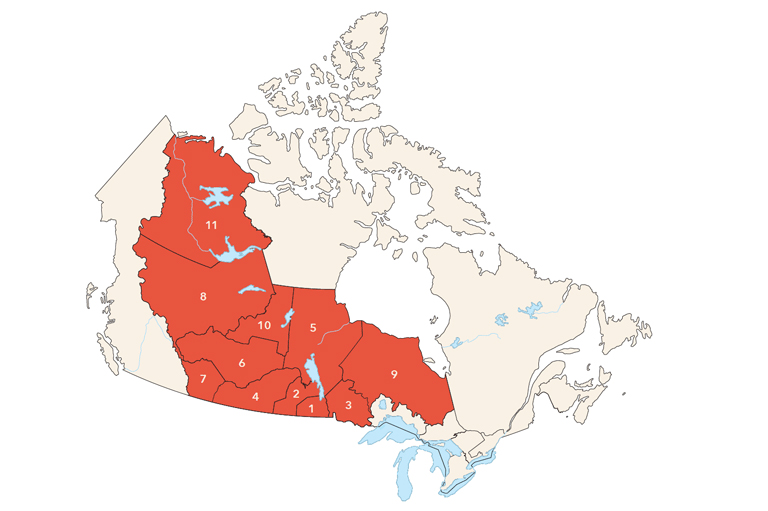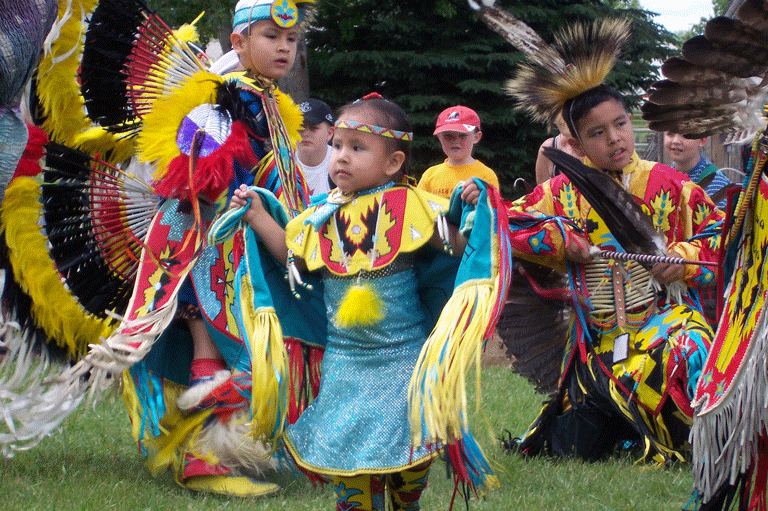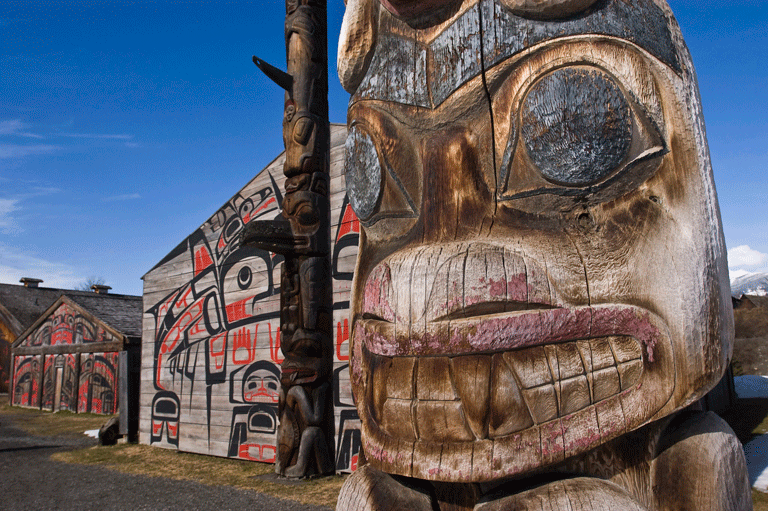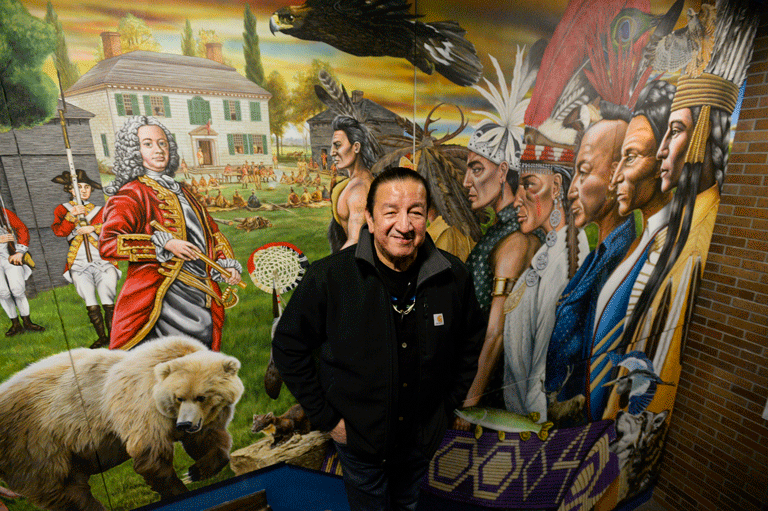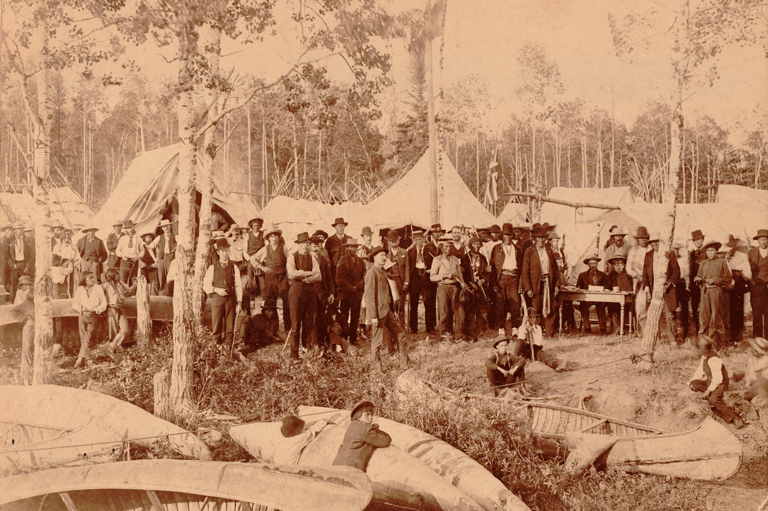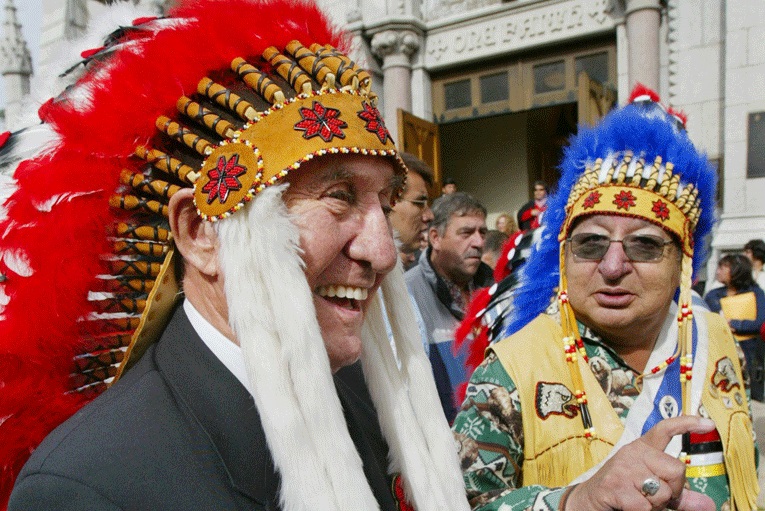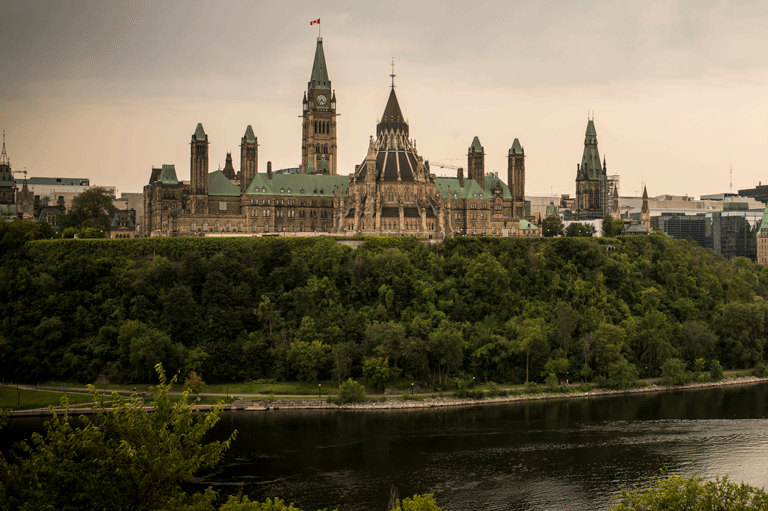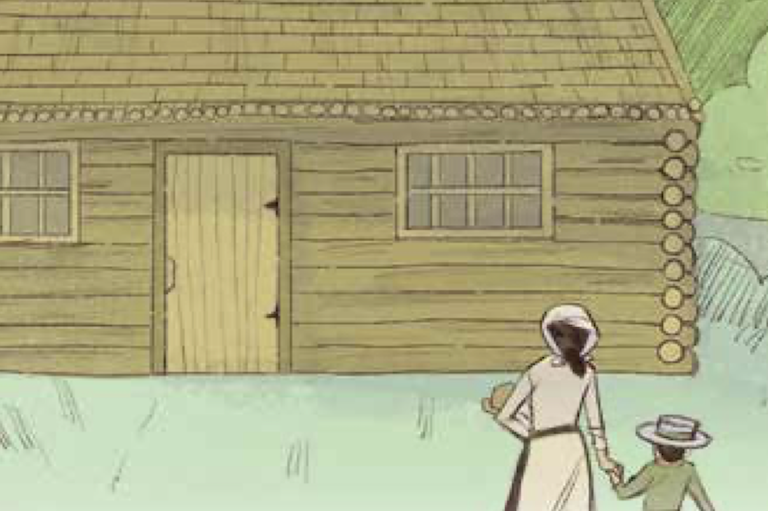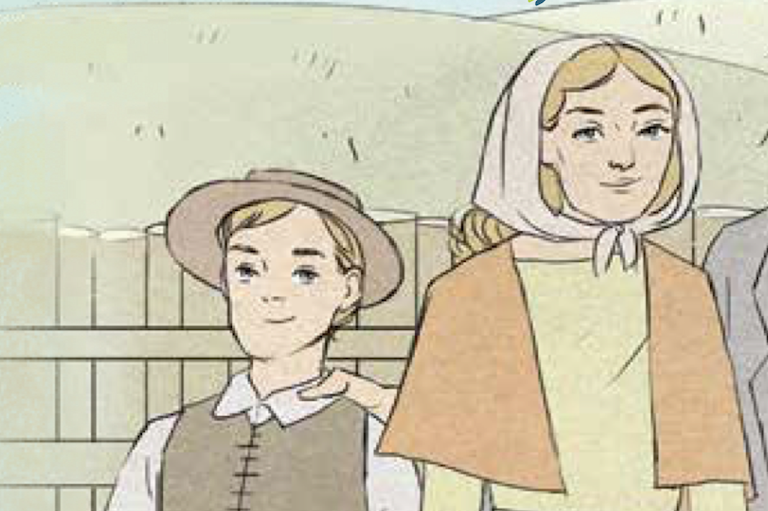Land Claim Literacy and Algonquin Territory
Grade Levels: 7/8, 9/10, 11/12
Subject Area: Social Studies/History/Geography
This lesson is based on "Algonquin Territory" written by Peter Di Gangi in the Treaties and the Treaty Relationship issue of Canada's History magazine.
Lesson Overview
In this lesson students explore First Nation title to land in the Ottawa Valley. They research a particular First Nation community in Algonquin traditional territory and participate in a debate.
Time Required
Two to four class periods
Historical Thinking Concept(s)
- Establish historical significance
- Use primary source evidence
- Analyze cause and consequence
- Take historical perspectives
- Understand the ethical dimension of historical interpretations.
Learning Outcomes
Students will:
- Identify and describe an Algonquin First Nation group, territory and rights.
- Demonstrate an understanding of the outstanding issue of Algonquin First Nations title (which includes Ottawa, the nation’s capital).
- Develop questioning, research and communication skills using primary and secondary resources.
The Lesson Activity
Activating: How will students be prepared for learning?
- Hand out copies of the BLM #4.1 Algonquin Territory circa 1850-1867 to each student.
- Instruct the students to write on the back of the map: (1) three things they infer from the map and (2) three questions they have based on the map.
- After several minutes, invite students to share their inferences and questions.
- Encourage discussion and lead an all-class discussion.
- Read aloud the first paragraph on page 41 from the article “Algonquin Territory”:
The traditional territory of the Algonquin people has always included the Ottawa Valley and adjacent lands, straddling the border between what is now Quebec and Ontario. Unlike most of Ontario and the Prairies, Algonquin territory has never been dealt with by a land-sharing Treaty. Algonquin title continues to exist.
- Ask: What does the statement “Algonquin title continues to exist” mean?
- Ask: What does title mean? [Title means you are the legal owner of a piece of land or property. Aboriginal title is the right of First Nation peoples to own their traditional lands and waters, as recognized by common law.]
- Encourage questions and discussion.
- Continue reading aloud paragraphs two and three on page 41, ending with:
At present there are ten recognized Algonquin First Nations with a total population of around eleven thousand. Nine of these communities are in Quebec: Kitigan Zibi, Barriere Lake, Kitcisakik, Lac Simon, Abitibiwinni, Long Point, Timiskaming, Kebaowek, and Wolf Lake. Pikwakanagan is in Ontario. Three other First Nations in Ontario are at least partly of Algonquin descent, connected by kinship: Temagami, Wahgoshig, and Matachewan.
- Draw students’ attention back to their maps. Ask: what non-First Nation cities/communities are located within traditional Algonquin territory? [Ottawa is listed; invite other answers as well, such as Gatineau, North Bay, Pembroke, etc.]
- Ask: how do these First Nation and non-First Nation communities located in traditional Algonquin territory resolve the issue of title since no land-sharing Treaty has been negotiated?
- Encourage questions and discussion.
Acquiring: What strategies facilitate learning for groups and individuals?
- Divide the class into ten equal-sized groups. Assign each group one of the following Algonquin First Nations: Quebec - Kitigan Zibi, Barriere Lake, Kitcisakik, Lac Simon, Abitibiwinni, Long Point, Timiskaming, Kebaowek, and Wolf Lake; Ontario – Pikwakanagan.
- Instruct the students to conduct web research into their assigned First Nation. Distribute copies of the BLM #4.2 Algonquin First Nation: Research.
Applying: How will students demonstrate their understanding?
- After the ten groups have concluded their research, prepare each group for a debate.
- The debate will take place at their table, within their groups.
- Provide each table with one of each BLM #4.3 Debater Role Cards:
- Assign half the group one card, the other half the other card.
- Read through the roles carefully.
- Conduct the debates.
- The small-groups debate should create new spaces to learn regarding historical and contemporary perspectives [from the provincial or federal government; from the Algonquin First Nations].
- At the end of the debates, bring the class together as a whole for a sharing session.
Materials/Resources
- Copy/copies of the Treaties and the Treaty Relationship issue of Canada’s History magazine.
- Access to Internet for research
- Printed copies of BLM #4.1 and BLM #4.2 – one per student
- Printed copies of BLM #4.3 as needed
Extension Activity
Explore and investigate the ethical dimensions of unkept promises and/or lack of negotiations/assurances with the Algonquin peoples by successive governments. Entry points for learning may be: Treaty of Swegatchy, Articles of Capitulation of Montreal, Treaty of Kahnawake, Royal Proclamation of 1763.
Lesson Plans
Themes associated with this article
Advertisement
Adaptations for grades 3-6

Encouraging a deeper knowledge of history and Indigenous Peoples in Canada.
The Government of Canada creates opportunities to explore and share Canadian history.

The Winnipeg Foundation — supporting our shared truth and reconciliation journey.

We contribute to the well-being of the communities we serve through grants, scholarships, sponsorships, fundraising, volunteering and collaborative relationships with community partners.

